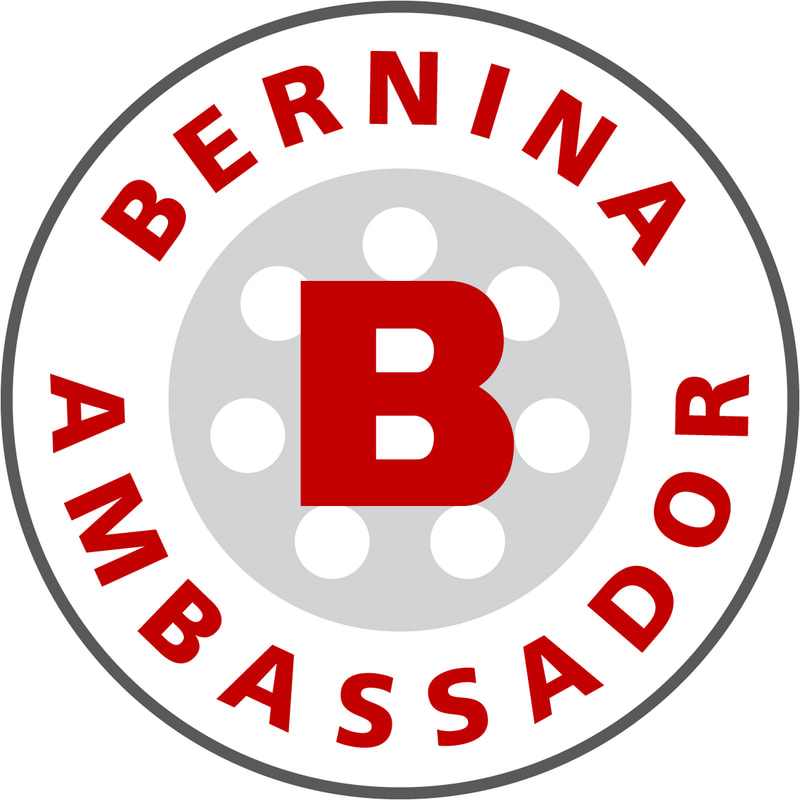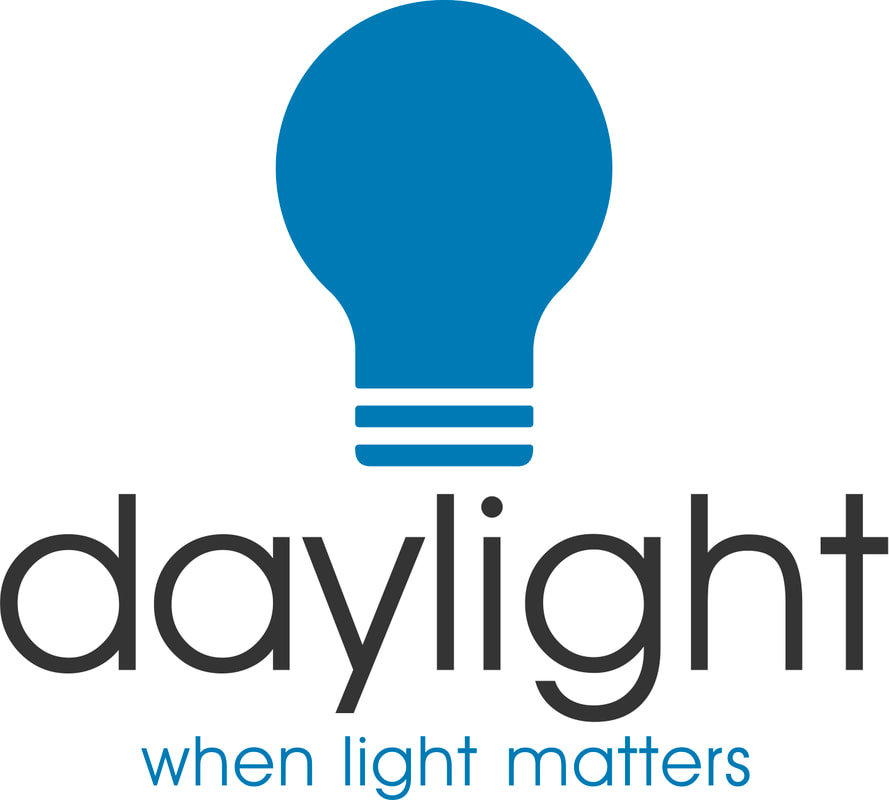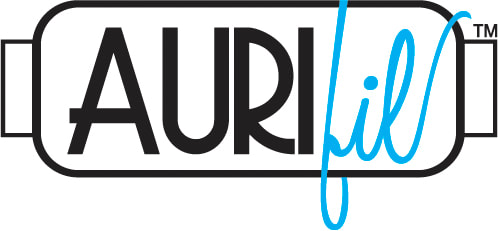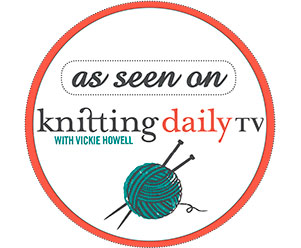Technique Tuesday Crochet Tutorial – Introduction to Crochet Charts, Part 2: Uncommon Stitches3/3/2015 Introduction to Crochet Charts, Part 2: Uncommon StitchesTechnique How To Read Crochet Charts – Uncommon Stitches
NOTE: This week's tutorial builds on our tutorial from last week. Do yourself a favor and go back to last week (OH! Time travel!!) and read that tutorial. Here's the link: Introduction to Crochet Stitch Charts Click the "Read More" link below for the full tutorial. Why Use It? Crochet Stitch Charts are most helpful as a visual aid. They give a visual representation of both the written pattern and the physical stitches you make. When used together, the written crochet pattern and the Crochet Stitch Chart are two complimentary pieces; the Written Crochet Pattern describes the stitches and the Crochet Stitch Chart shows you the stitches. Whether learning a new stitch or interpreting a particularly tricky or dense text, Crochet Stitch Charts can be used to "read" the pattern more easily. For a breakdown of the basics of Crochet Stitch Charts, make sure you go back and look over our Technique Tuesday Crochet Tutorial from last week: Introduction to Crochet Stitch Charts To Work Today's Tutorial No special materials or tools to make today's tutorial! All you need to do is follow along. If you want to stitch along, you can grab your favorite hook and yarn and make the stitches using the chart as we go. Working the stitches in this tutorial while learning the symbols will help develop those neural connections in your brain that will make the information stick better. So… yeah… Stitch On! Skillz Used Foundation Single Crochet Stitch (Fsc) – See our tutorial for How to make the Foundation Single Crochet Stitch Foundation Half Double Crochet Stitch (Fhdc) – See our tutorial for How to make the Foundation Half Double Crochet Stitch Foundation Double Crochet Stitch (Fdc) – See our tutorial for How to make the Foundation Double Crochet Stitch First Double Crochet Stitch (First-dc) – See our tutorial for How to make the First Double Crochet Stitch Break It Down Since you already went through last week's Technique Tuesday Crochet Tutorial, you know this already. But it bears repeating here… just as a good reminder: Each physical and written stitch has a corresponding symbol that represents that stitch. To read a Crochet Stitch Chart, all you have to remember is… See a symbol, make a stitch!
See a symbol, make a stitch! When you see this symbol in a Crochet Stitch Chart, you make one Foundation Single Crochet Stitch for every one of these symbols you see. If you aren't familiar with the Foundation Single Crochet stitch, make sure you check out our tutorial here: How To Make the Foundation Single Crochet Stitch See a symbol, make a stitch! This chart tells us to make 7 Foundation Single Crochet stitches, then turn our work and make a Step Up Chain (chain 1). Then, for Row 1, make 7 Single Crochet stitches in the tops of the Foundation Single Crochet stitches from the Foundation Row. Row 2 and 3 are, again, 7 Single Crochet stitches with a Step Up Chain (chain 1) at the beginning of each row. The written pattern for this chart would read: Foundation Row: 7 Fsc, turn. Row 1: Ch 1, sc in each stitch across, turn. Row 2-3: Repeat Row 1.
See a symbol, make a stitch! When you see this symbol in a Crochet Stitch Chart, you make one Foundation Half Double Crochet Stitch for every one of these symbols you see. If you aren't familiar with the Foundation Half Double Crochet stitch, make sure you check out our tutorial here: How To Make the Foundation Half Double Crochet Stitch See a symbol, make a stitch! This chart tells us to make 7 Foundation Half Double Crochet stitches, turn our work, and then make a Step Up Chain (chain 1). Row 1 is 7 Half Double Crochet stitches made in the tops of the Foundation Half Double Crochet stitches you just made in the Foundation Row. Finally, Row 2 and 3 start with a Step Up Chain (chain 1) and then we make 7 Half Double Crochet stitches in the tops of the stitches from the previous row. The written pattern for this chart would read: Foundation Row: 7 Fhdc, turn. Row 1: Ch 1, hdc in each stitch across, turn. Row 2-3: Repeat Row 1.
See a symbol, make a stitch! When you see this symbol in a Crochet Stitch Chart, you make one Foundation Double Crochet Stitch for every one of these symbols you see. If you aren't familiar with the Foundation Double Crochet stitch, make sure you check out our tutorial here: How To Make the Foundation Double Crochet Stitch
Now that you're up to speed, here is the symbol for that FAB little stitch, the First Double Crochet Stitch. Just like the others, the First-dc stitch symbol breaks down just like the stitch reads. You have a Single Crochet stitch with two Chains on top. NOTE: When this stitch is used in a chart, no Step Up Chain is used. But, since you've already checked out our tutorial for How To Make the First Double Crochet (First-dc) Stitch, you already knew that. See a symbol, make a stitch! When you see this symbol in a Crochet Stitch Chart, you make one First Double Crochet Stitch for every one of these symbols you see. But, since this is only used at the beginning of rows, where a Double Crochet is the first stitch of the row, you will only ever be making one at a time. Again, if you aren't familiar with the First Double Crochet (First-dc) stitch, make sure you check out our tutorial here: How To Make the First Double Crochet (First-dc) Stitch See a symbol, make a stitch! At the bottom of the chart is the Foundation Row with 7 Foundation Double Crochet stitches. Turning our work and getting on with Row 1, we have our First Double Crochet stitch followed by 6 Double Crochet stitches. Row 1 is, of course, made in the tops of the Foundation Double Crochet stitches we just made in the Foundation Row. Row 2 and 3 are repeats of Row 1 made in the tops of the Double Crochet and First Double Crochet stitches of the previous row. NOTE: You probably notice the absence of any Step Up Chain stitches. But of course! When you use a FAB stitch like the First Double Crochet stitch, you don't NEED to chain up! Neat… tidy… clean… love it! The written pattern for this chart would read: Foundation Row: 7 Fdc, turn. Row 1: First-dc, dc in next st and in each stitch across, turn. Row 2-3: Repeat Row 1. TAADAA!! A Final Word… or two… Uncommon… not-so-uncommon? It depends on what the pattern writing standards are for the company that is putting out the pattern you are reading. Generally, written patterns and Crochet Stitch Charts are the VERY similar and they all get us to the same stitches in the end… which is the important part! Just be aware that there are these Uncommon Stitches out there that are being integrated into our stitch dictionaries and are improving how we make our finished crochet projects. And, as we said, if you are using any of our patterns in our books or individual patterns, we use these stitches and symbols all the time. So… yeah… not uncommon for us at all! In the end, it's all about improving our skillz as makers and being proud of the work we do with our hands and hooks. Whatever works the best for you… do it! One of the best parts of creating is that there is always a new skill to learn or a new technique to try out or master. If we keep ourselves open to learning and trying new techniques, we can expand our skillz and become even better at our craft! Thanks for dropping by for another Technique Tuesday! Our goal is to build the skillz of our FAB fiber community here on the web and it's always great to hear from you all that what we are doing is helping you and your fiber friends. Check back weekly for our Technique Tuesday features and make sure you check us out on Facebook, Twitter, and Pinterest. Those links are down there at the bottom of the post. We'd love to hear from you! Stitch On! S&J Oh hey… before you go… Here are a few more pages we thought you might be interested in. Click on any of the photos below… enjoy! And be sure to come look us up on Facebook, Twitter, and Pinterest by clicking on one of these icons.
0 Comments
Your comment will be posted after it is approved.
Leave a Reply. |
AuthorShannon and Jason Leave us a tip to help us do what we do!
Archives
May 2024
Categories
All
|
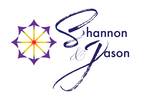
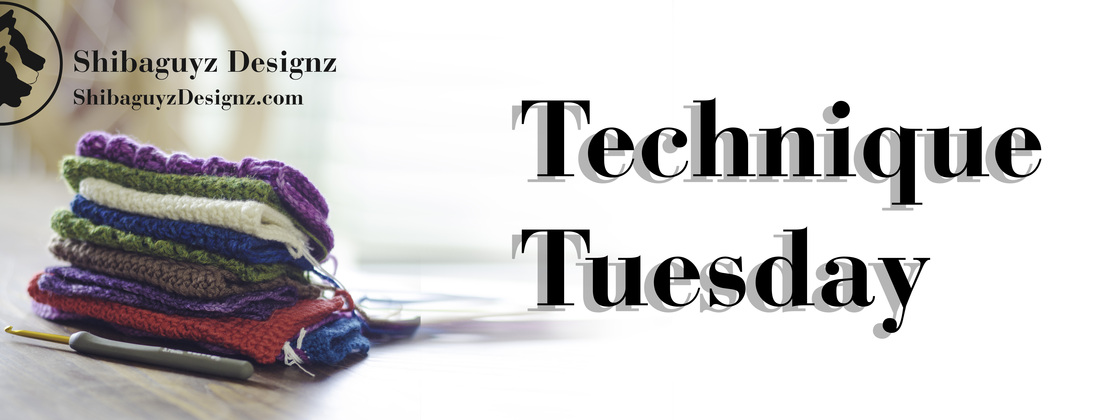
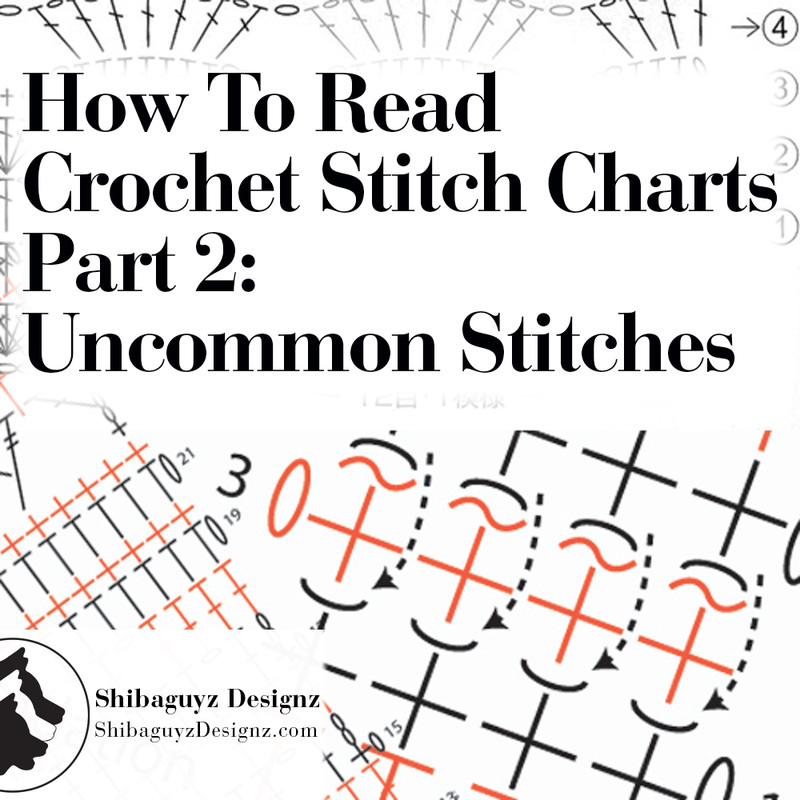
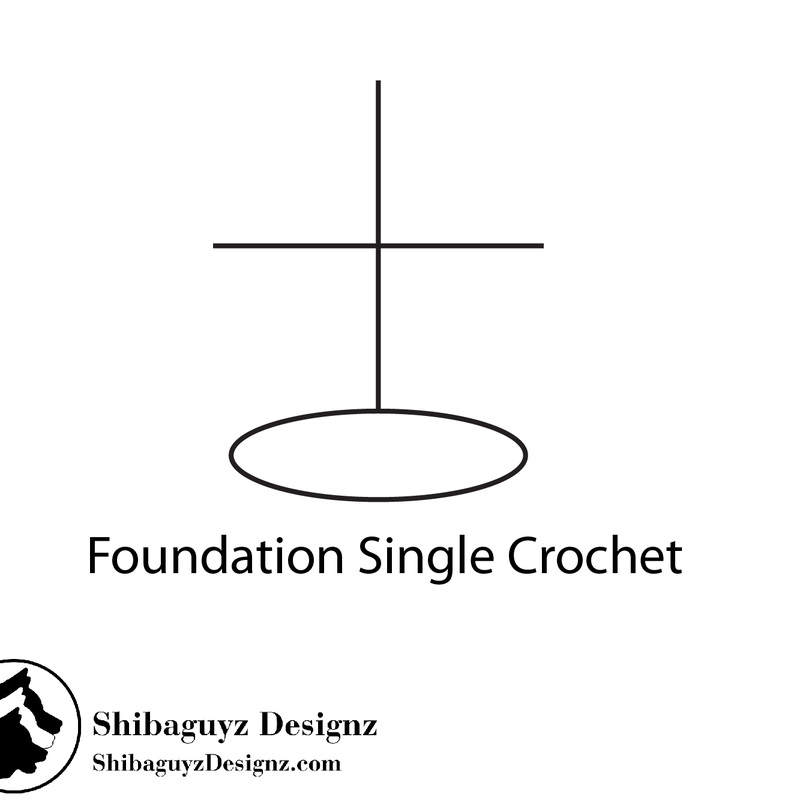
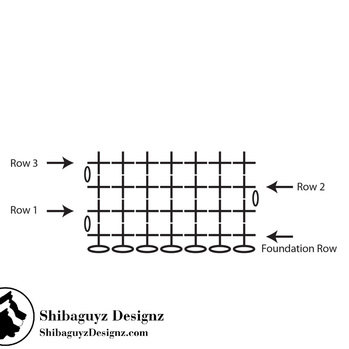
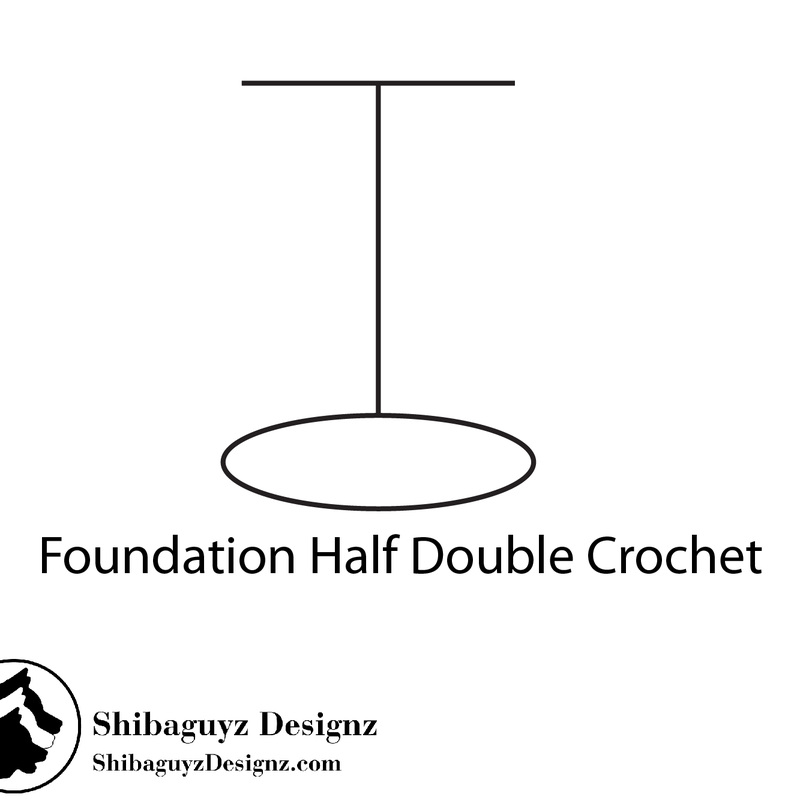
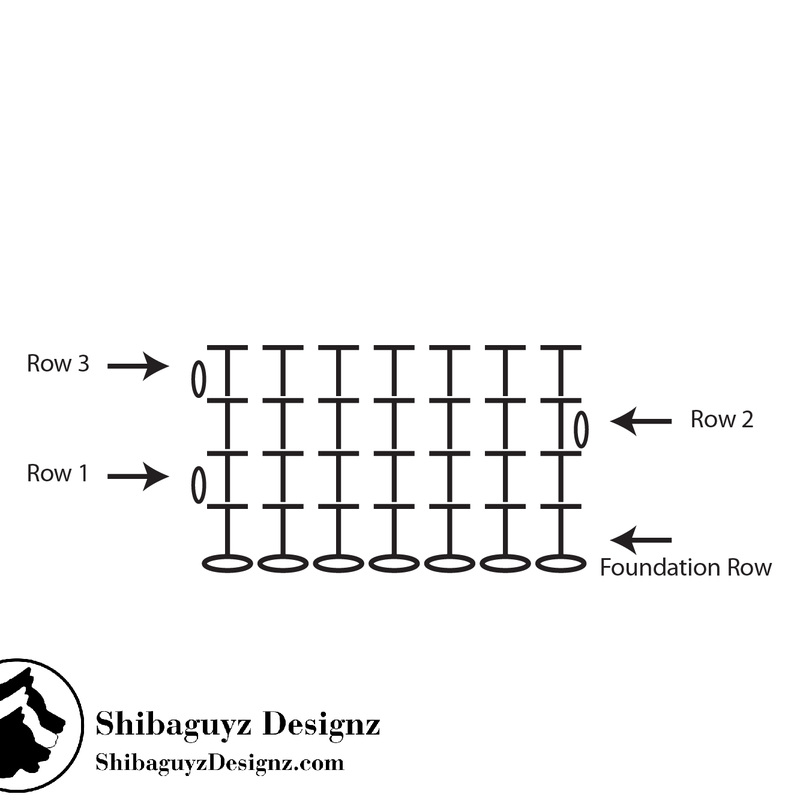
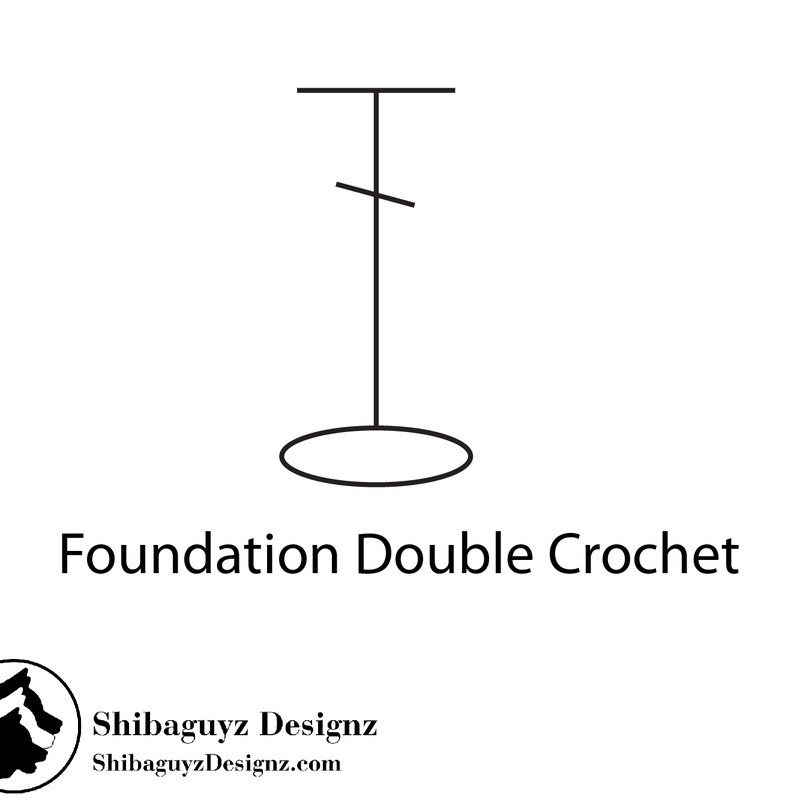
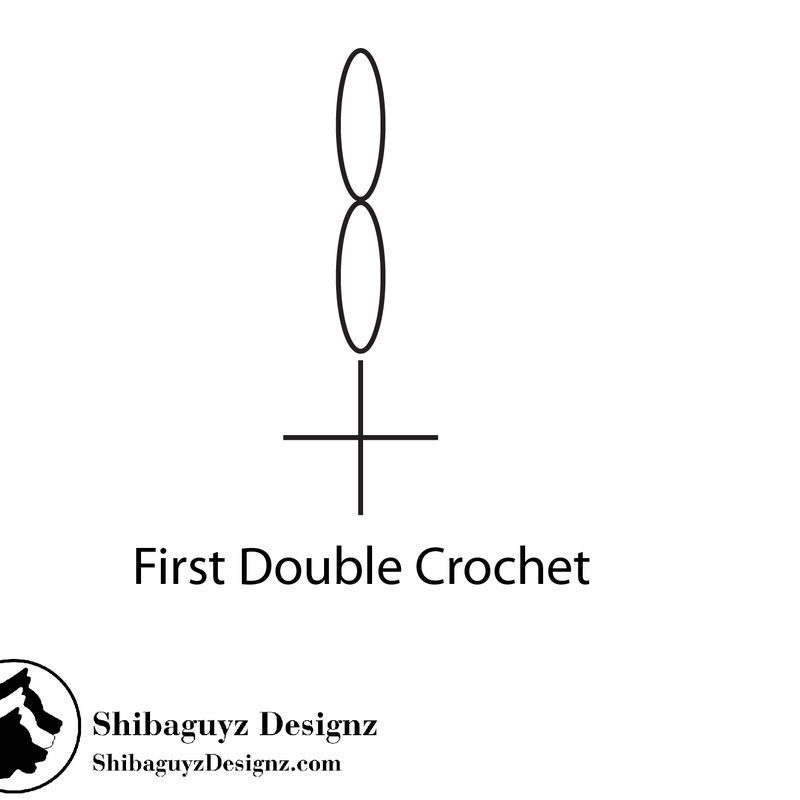
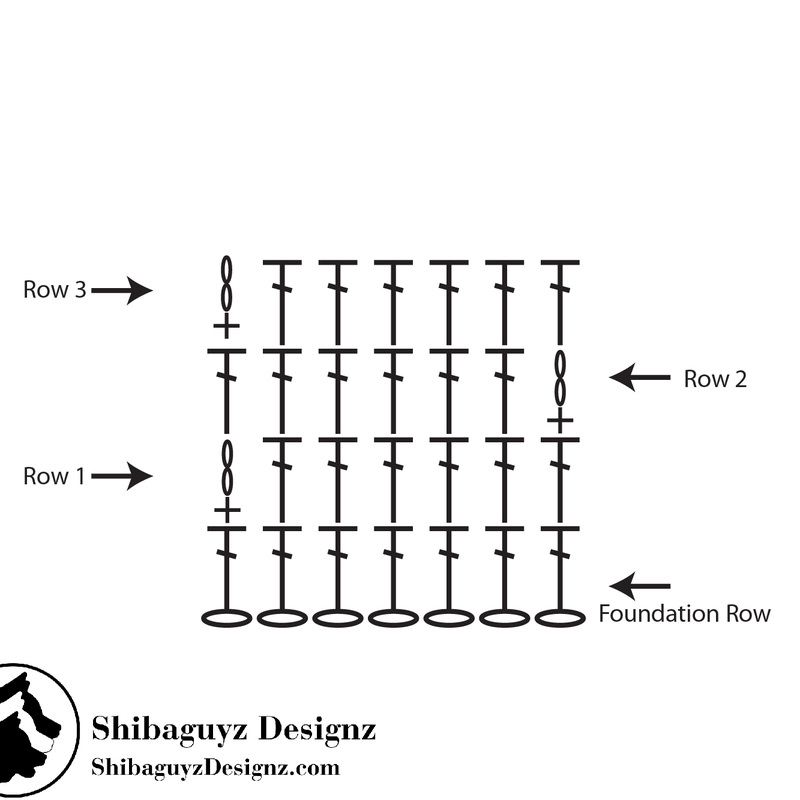
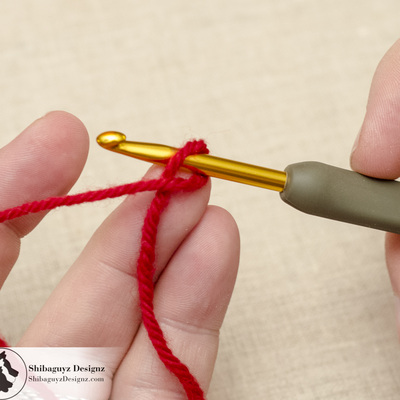
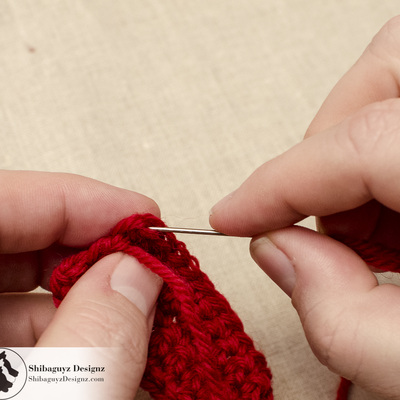
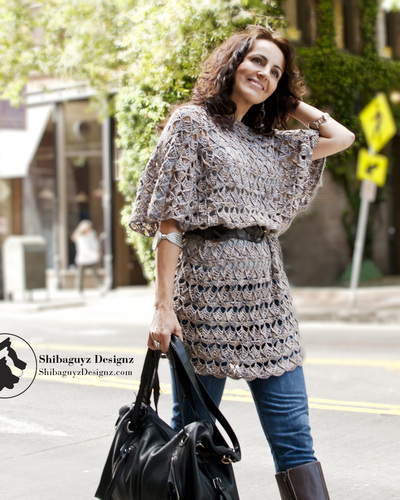
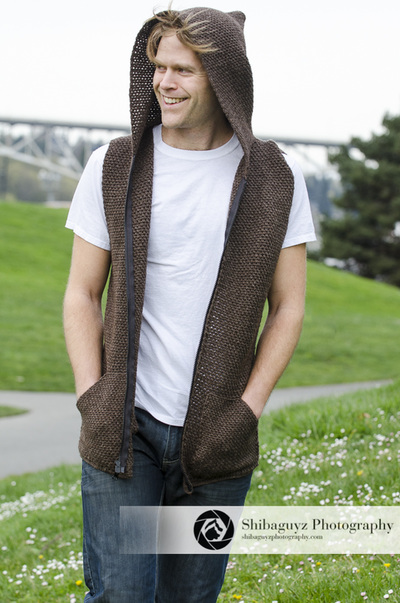
 RSS Feed
RSS Feed

